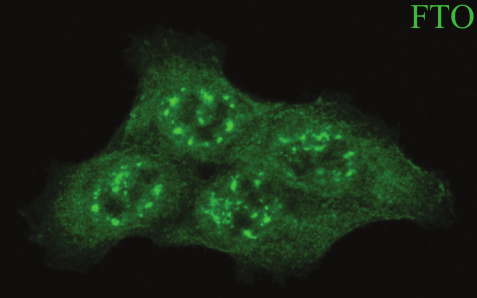Nature Communications publishes today our first paper on epitranscriptomics.
Doi: 10.1038/s41467-021-21758-4
We closely look at the eraser protein (called FTO) of the most frequent epigenetic mark on messenger RNAs, which is known as m6A. We discover that silencing the expression of FTO provides “stem cell” like properties to cells in colorectal cancer. To do so, FTO is also active in the cytoplasm of cancer cells and targets mostly the m6Am modification (which is located at the near the cap of messenger RNAs).
It is mostly the work of the former PhD student, Sébastien Relier. Congrats Séb! This work also relies several NGS experiments, which Julie Ripoll and i especially analyzed. This work is a long term collaboration with several biology research groups.
Check it out for details. It’s open access.

